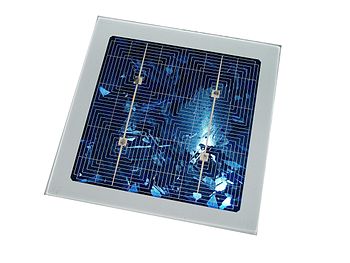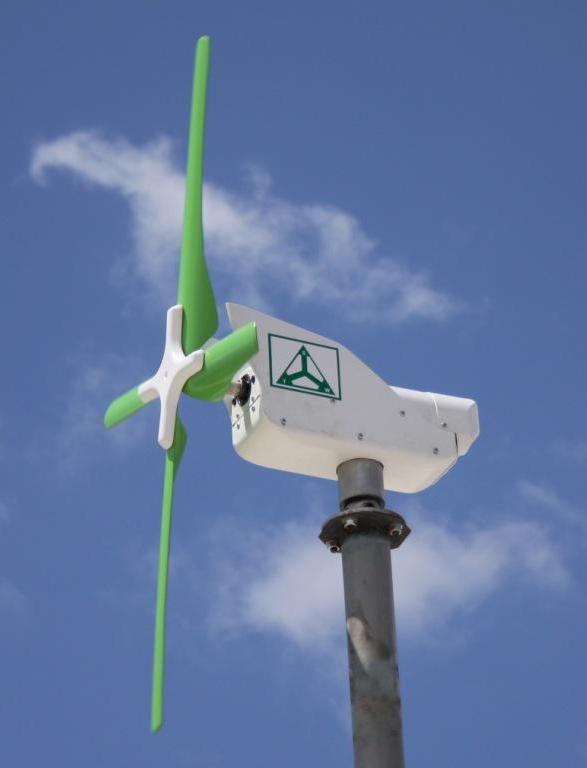 |
| A modern solar cell (Photo credit: Wikipedia) |
A Key Element In Solar Panels - Efficiency
The sun produces a ton of energy, but solar panel systems have historically been very inefficient at converting it. With improving technology, efficiency has improved to the point where most panel systems can easily produce enough energy to heat water for the home and pools. There are efficient and inefficient ways to go about this process.
To save wear and tear on your panels, you need to consider a flow control system. Older panel systems tend to take a long time to heat up fluid because water more or less randomly circulates through the system. This is very inefficient because the panels are forced to heat up a much larger pool of water than you actually need. This results in wear and tear, not to mention lengthy waits for hot water.
A control flow system attacks the efficiency problem by reducing the amount of water that must be heated. Most are designed to work on temperature differential strategies. They work by using two sensors. The first is located close the panels being used to heat the water or liquid substitute. The second is located on or close to the liquid return valve into the panel system. Put in practical terms, one sensor measures the temperature of the liquid set to leave the panel while the other measures the temperature of liquid coming into the panel.
Flow systems work by waiting for the liquid to rise to a temperature determined by you. Once the liquid meets the temperature, the system turns on the circulation pump and moves the liquid to the desired location. Once the return valve sensor notes the temperature of the returning water is within a particular range of the liquid in the panel system, the pump is shut off. This process allows for faster heating times, more efficiency and less wasted energy.
Solar solutions are coming to the front of the energy debate for many residential energy needs. Countries like Germany are making huge investments in solar platforms and technologies. Solar can be a cost-effective solution for you as well. Just keep in mind that flow systems are a must if you are pursuing solar water heating.






